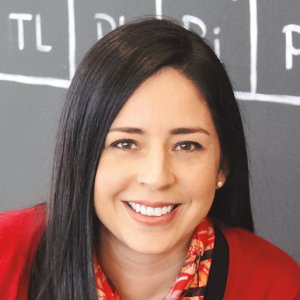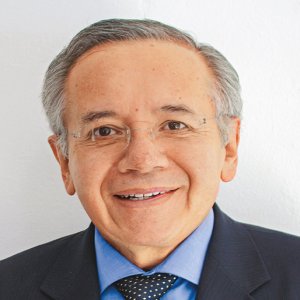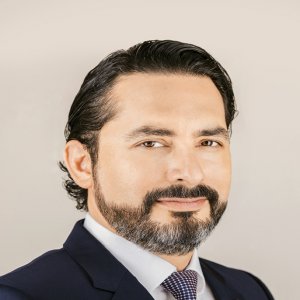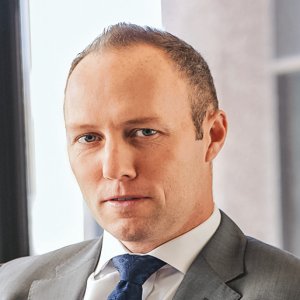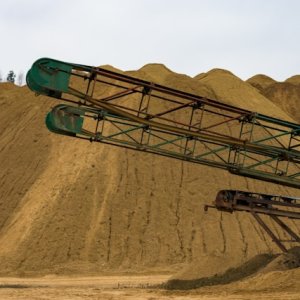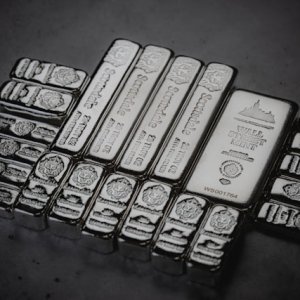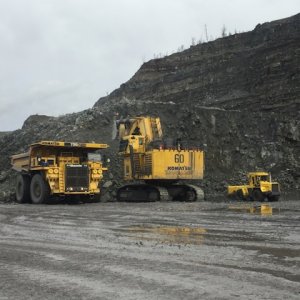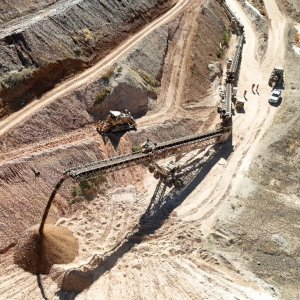Take the Shackles Off Exploration

STORY INLINE POST
Q: What does Mexico need to do to keep its global dominance over silver markets?
A: It is really simple: Mexico needs to take the shackles off exploration. One of the industry’s main concerns globally is that we have seen a few world-class discoveries in the last 15 years. In Mexico, the last great silver discovery was Juanicipio in 2005. Ore is not right at the surface anymore so we need to start looking in more tricky places. We need to start looking under cover. The next phase for Mexico is to introduce some of the techniques used to make discoveries in West Africa, Australia, Canada and Nevada. The government must ensure that exploration companies can efficiently acquire big pieces of ground because world-class deposits are not found in small concessions. The concession system needs to be significantly reformed and Undersecretary of Mining Francisco Quiroga seems to understand this well. Mexico also needs to look at its concession fees and tax deductions. Regarding the Undersecretary of Mining, I think he sees mining as a way of reducing corruption and increasing security because mining companies pay taxes, employ people properly, work with local communities and improve security by bringing economic development to remote areas. I hope the new government understands that Excellon and the industry are there to help achieve these goals.
Q: Given that portfolio optimization drives long-term value for shareholders, how is Excellon optimizing its assets?
A: We think the real value at this stage of the mining cycle is in making discoveries and growing resources. The brutal reality is that producers are not getting rewarded because prices are low. It is difficult to get traction from production when nobody cares about your product. But what we are pleased to see is that discoveries get rewarded. At this stage of the cycle, the industry needs discoveries and while few people are really making them, they are rewarded when they do. That is our priority at the moment. We have two large ground packages with a total of 21,000ha at Platosa in Durango and 45,000ha at Evolución in Zacatecas. While Platosa has been in operation since 2005, there has been little regional exploration. Most of the drilling so far at Platosa has focused on resource expansion. We have spent the last two years developing targets and are about to begin aggressively exploring a few of them. They all have the hallmarks of either the next Platosa or a much larger deposit. The drilling on our new targets will start in 1H19. As for Platosa, the mine has five years of mine life left but we have always had five years of mine life left. The system is open to the east so we hope to extend it in this direction. From a mine operation perspective, we think there is the potential for multiple Platosas on the property. If we find another Platosa-style deposit, it is the kind of project that can be quickly ramped up and mined. The bottleneck at Platosa has always been water but we solved that issue in 2017 through an enhanced pumping system. We doubled pumping capacity and quadrupled the rate of the water deepening and dried the mine out entirely. We are targeting 250-plus tons per day and we are making good progress toward this goal. The issue is that electricity prices in Mexico are really high and we are pumping a lot of water. We are looking at getting into the private market to get those costs down significantly.
Q: You have been trucking Platosa’s ore to the Miguel Auza Mill on the Evolución property. What advantages does this generate?
A: We bought Silver Eagle Mines in 2009. Before that, we were trucking our ore to Peñoles’ Naica mine. But not having control of our own mill made it hard for us to get good value from our ore. Once we acquired the Miguel Auza mill, we improved our costs. The trucking costs have historically been US$10-12 per ton and in 2019 are around US$15 per ton. But this is US$500 per ton ore, so the costs of trucking it are relatively low. The economics of this decision establishes that if we do 80,000 to 100,000 tpy, our trucking costs are around US$1-1.2 million per year. The other option is to build a mill at La Platosa, which would cost at least US$6 million without even considering the permitting aspects of this option. That is not worthwhile relative to the current mine life.

